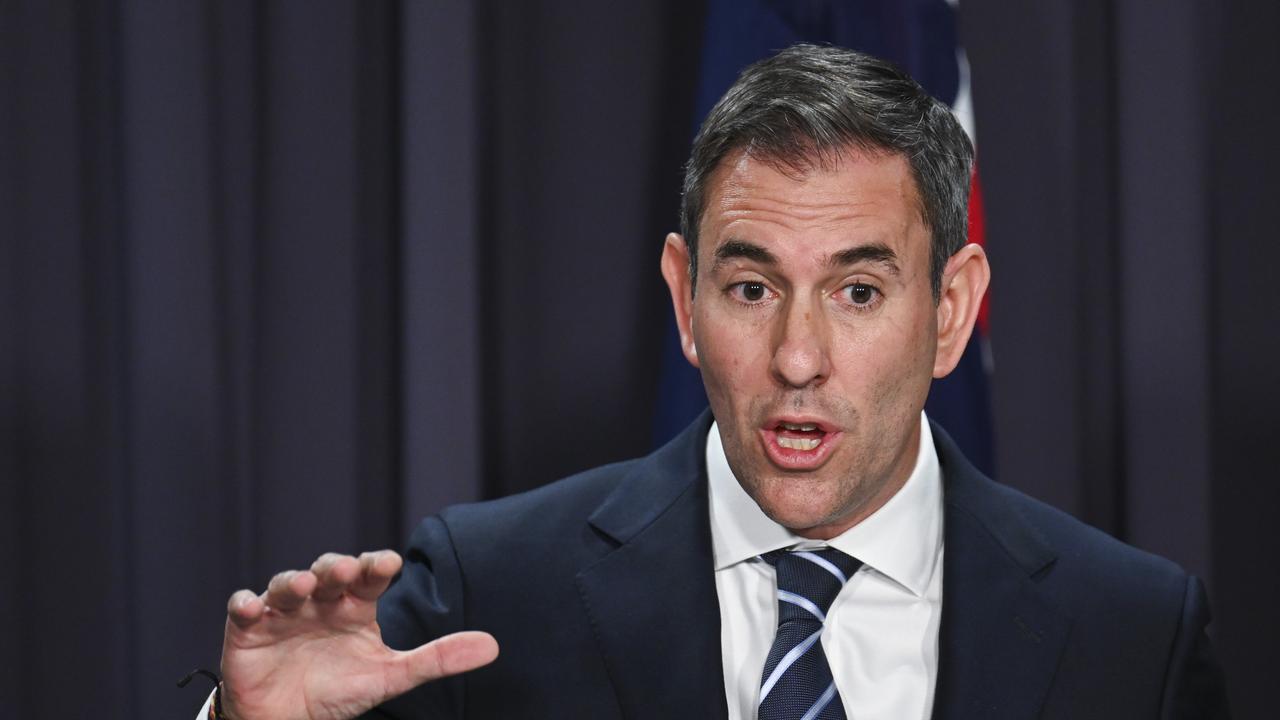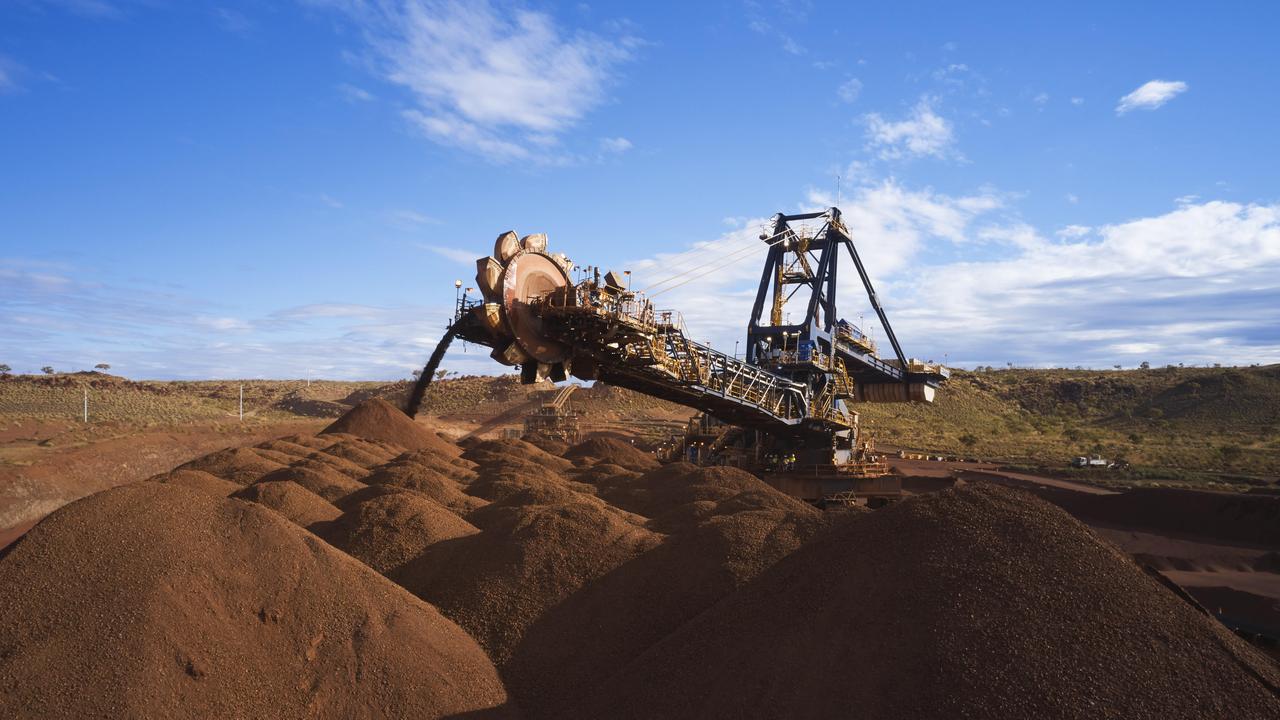Iron ore price on the rise after China’s big move
Beijing’s decision to act on its economic downturn could be a blessing for Australia’s export industry after a dire prediction.
Mining
Don't miss out on the headlines from Mining. Followed categories will be added to My News.
Iron ore prices surged 10 per cent in a major boost for the Australian economy, on the same day a government department had predicted earnings to plummet by $39 billion.
Trading on the Singapore exchange rose to US$112 a tonne on Monday, up from US$102 on Friday following Chinese authorities moving to revive its failing property industry.
It was sitting at US$107/15 a tonne on Tuesday morning.
The commodity had been as low as US$90 a tonne last week as China’s economic downturn bit demand for construction materials.

Beijing announced over the weekend it would ease restrictions on home buyers in a bid to boost housing construction and activity.
Australia is the world’s largest exporter of iron ore, and Treasurer Jim Chalmers on Monday welcomed the uptick.
Mr Chalmers said Chinese authorities cutting interest rates and freeing up cash through mortgage refinancing measures could help bring iron prices back up.
“It has been a considerable concern for me and for the government over a period of time now, that weakness in the Chinese economy, and you can see the way that markets have reacted to it, you can see the way that the iron ore price has reacted,” he said.
“I think it’s up about $US11 a tonne since this time last week.
“You can see that people were really hanging out for some additional steps from the Chinese government.”

Earlier on Monday, the Department of Resources released its quarterly report for September saying continued “volatility” in iron ore prices saw it fall to two-year lows in August, leaving it down by a third since the start of 2024.
The department had revised the sector’s earnings would fall to $372 billion at the end of June 2025, and again to $354 billion in the following 12 months.
That includes a projection of iron ore export revenue falling from $138 billion last year to $99 billion by June 2026.
The resource department’s report also predicts nickel prices to drop alongside slowing EV sales “and improvements in nickel-free chemistries”.

“World demand for nickel remained robust in the June quarter 2024, however weakness in stainless steel production and EV sales means growth may slow for the rest of the year,” the report states,” it states.
“Global EV sales growth is forecast to slow to 17 per cent in 2024, compared to an average of 46 per cent a year between 2018 and 2023.
“EV adoption faces challenges from rising trade barriers and supply chain concerns in an environment of ongoing geostrategic competition.
“The required reorientation in supply chains is likely to slow EV cost declines in major vehicle markets around the world.”
It said EV sales growth is predicted to recover to around 25 per cent in 2025 and 2026.
Originally published as Iron ore price on the rise after China’s big move






